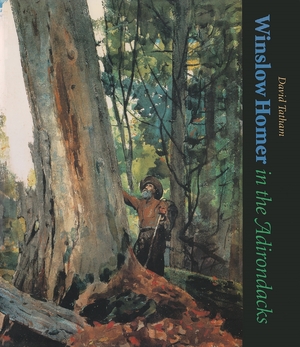"The visual focus is upon the artist's twenty-four Adirondack oils and watercolors that are superbly reproduced in full color. . . . An impressive work that is fully worthy of its subject."—New York History
"[Tatham] . . . explores the influence of Darwinism and [Homer's] residence in England on his perception of nature. The author notes the success of the artist's watercolours on his return to the Adirondacks in 1889, explores his use of hunting imagery, and the repeated appearance of Beaver Mountain in his work until his death in 1910."—ARTbibliographies
April 2004

